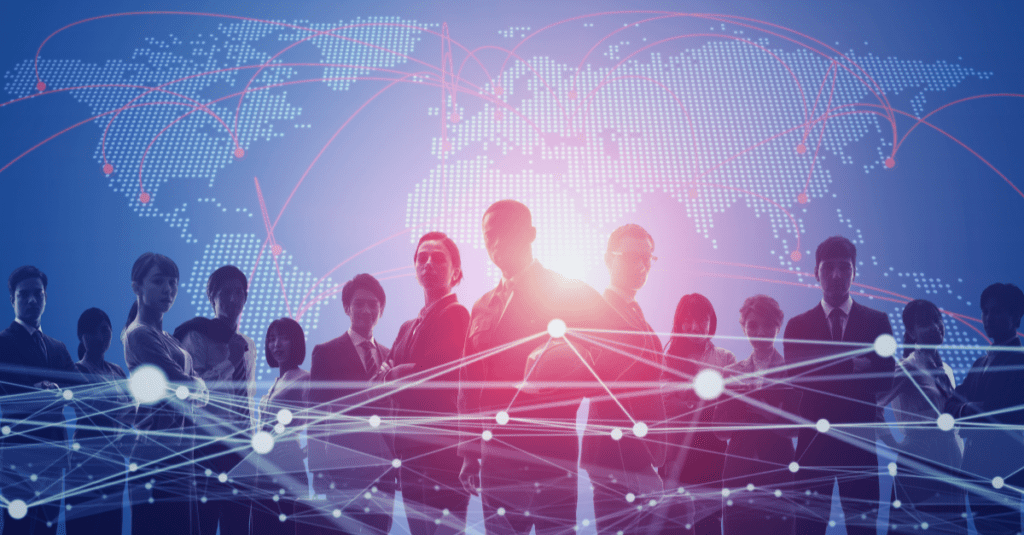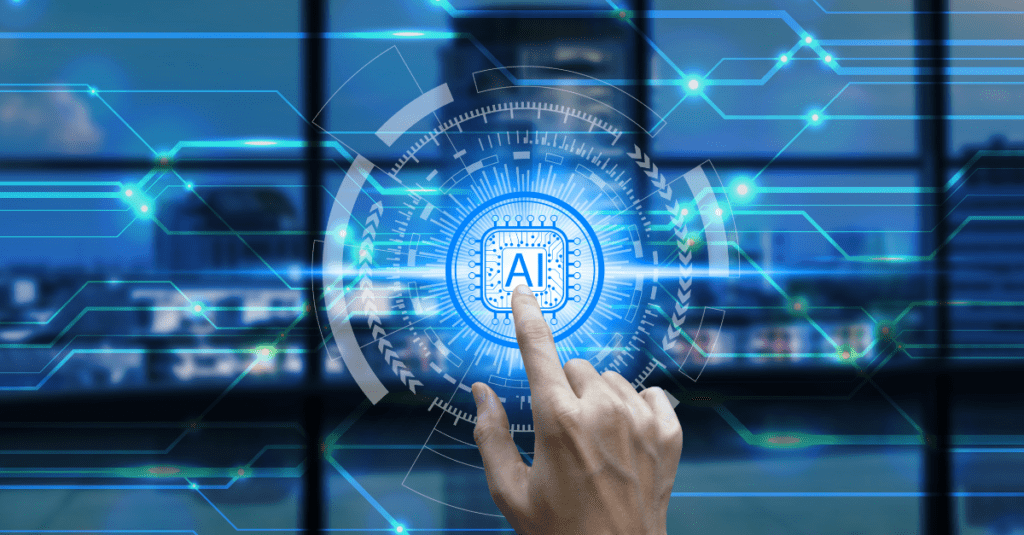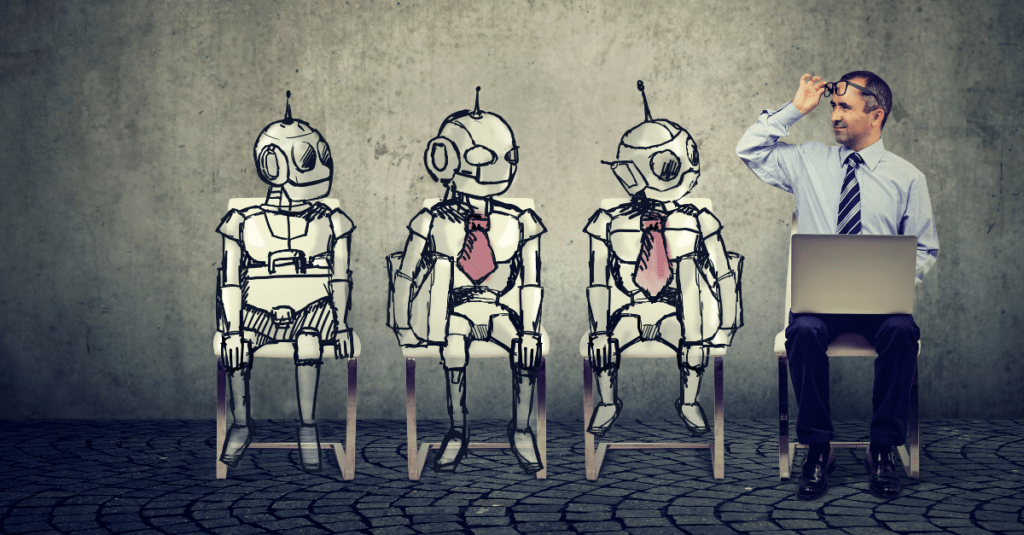Why customers leave loyalty programs – key mistakes and what to fix

As a brand grows, investing in loyal customers and fostering long-term, mutually beneficial relationships between them and the company becomes crucial. Modern businesses place significant emphasis on building customer loyalty by creating unique loyalty programs. However, in practice, these programs often lead to customer attrition rather than customer engagement. Why do customers leave loyalty programs?
Why are loyalty programs not working? The real reasons behind customer churn

Data-driven loyalty programs serve as tools to enhance engagement and build consumer trust. However, something that should, in theory, maintain relationships and drive repeat purchases often proves ineffective in reality. Why does this happen? What will customer loyalty trends 2025 look like?
CRM and Marketing Automation – Why Do Companies Still Operate in Silos?

Is your company planning to implement modern Marketing Automation tools or a CRM system? That’s great, but it’s only part of the puzzle that determines whether your digital transformation will be successful. Only organizations that combine the right technology with a solid business approach and a strong internal culture can truly succeed. Why? Because when these elements operate in isolation, in technological and organizational silos, the efficiency of data usage becomes limited.
The Future Belongs to the Predictive: AI-Powered Predictive Analytics in Business

In business, it’s not just about responding quickly to customer needs, but primarily about predicting them. The key to success is therefore not ad hoc action, but predictive analytics supported by artificial intelligence and Big Data.
Do loyalty programs really build loyalty? The biggest challenges for brands

The B2C (Business-to-Consumer) industry is increasingly turning toward hyper-personalization. Why? According to Deloitte’s report „Connecting with meaning,” customers now expect companies not only to meet their needs but also to anticipate and even get ahead of them. Businesses that fulfill these requirements guarantee long-term relationships and consumer loyalty, resulting in competitive advantage and sales success.
Do loyalty programs really build loyalty? The biggest challenges for brands

The B2C (Business-to-Consumer) industry is increasingly turning toward hyper-personalization. Why? According to Deloitte’s report „Connecting with meaning,” customers now expect companies not only to meet their needs but also to anticipate and even get ahead of them¹. Businesses that fulfill these requirements guarantee long-term relationships and consumer loyalty, resulting in competitive advantage and sales success. Loyalty programs are one of the marketing tools that can enable this.
Marketing bez automatyzacji, czyli dlaczego firmy wciąż tracą klientów? / Marketing Without Automation – Why Companies Are Still Losing Customers

Firmy, które nie planują wdrażania narzędzi do automatyzacji marketingu, wkrótce zostaną w tyle za konkurencją. Dlaczego? Statystyki mówią jasno – przedsiębiorstwa coraz chętniej inwestują w Marketing Automation (MA), co widać po stałym wzroście wartości tego rynku. Tylko w 2025 roku aż 70% liderów marketingowych zamierza zwiększyć wydatki na MA .
How AI is Changing the Business Decision-Making Landscape: Challenges and Opportunities for Management

The business landscape is set for a significant revolution in 2025, and it is entirely up to you whether you seize the emerging opportunities or fall behind the competition. This shift is driven by artificial intelligence (AI), which is making headlines and transforming how entrepreneurs and managers make key decisions and manage processes.
People as the Key Element of Digital Transformation: How to Manage Cultural Change?

Digital transformation is not just about implementing new technological solutions. It is a fundamental change in how a company operates, encompassing all aspects—from business processes and organizational culture to work procedures and customer relationships. At the heart of this transformation are— as always— people, who ultimately determine the success or failure of the changes being introduced.
Technology vs. Humanity: How to Balance Automation with Empathy in Customer Relationships?

The rapid digital transformation is significantly changing the way companies serve customers. Thanks to artificial intelligence, process automation, and cloud solutions, interactions are faster, and customer experiences are more personalized. However, the implementation of new technologies can also raise concerns, such as a lack of understanding of customer emotions or limited ability to resolve unique issues.








